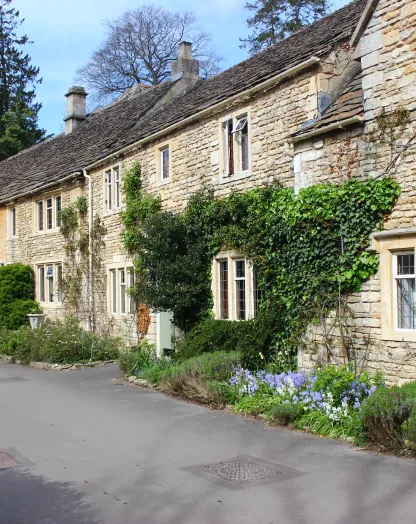Cézanne Site / Non-Site
Some 30 years have passed since Spain held a major retrospective on the groundbreaking painter Paul Cézanne. It has been too long, perhaps, but the country is once pay homage to the genius whose brushstrokes helped usher in the modern era of art.
The Museo Thyssen in Madrid has put together a huge exhibition that celebrates the brilliance of the man who famously said that “with an apple I will astonish Paris”. It is quite remarkable what a novel approach to the composition of a cluster of fruit can achieve.
Paul Sérusier, a contemporary of Cézanne and a fellow avant-garde artist, quipped that with an everyday apple, one is inclined to think that it is so appetising that is warrants being bitten into. Of an apple constructed by the grace of Cézanne, you are stupefied. It is enough to proffer how beautiful it is.
Entitled Cézanne Site/Non-Site – a reference to the American artist Robert Smithson’s dialectic between outdoor painting and studio work – the retrospective is divided into five sections that provide the viewer with a sweeping overview of his work.
1 – Portrait of an Unknown Man
Fascinatingly, this section is only comprised of one painting and moreover, is the only portrait in the entire show (made up of 58 works: 49 oil paintings and nine watercolours).
Portrait of a Peasant is one of Cézanne’s last ever paintings and it is a work that observers asking many questions. The face has been deliberately left vacant and we must inquire, is this the artist? The mesh of the subject with his surroundings suggests an elegiac quality, as if the gentleman is on the precipice of rekindling his relationship with nature.
2 – The Bend in the Road
Cézanne enjoyed nothing more than a good walk, especially when out in the countryside, as if each journey in the great outdoors was part of a bigger unfolding narrative.
A bend in the road is a popular motif of his, suggestive of the nature of existence – we never quite know what is ahead of us, or as the American author Paul Auster said: “Our lives carry us along in ways we cannot control”.
3 – Nudes and Trees
“The third section juxtaposes scenes of bathers and landscapes with trees. Within Cézanne’s oeuvre, the paintings of bathers are the only ones that were not painted from life and as such they have always been considered as separate,” the museum explains.
“However, by reinterpreting them in the context of his tree-filled landscapes, particularly those painted at the Jas de Bouffan, the Cézanne family’s country house, they take on another meaning. What if the nudes were just a daydream provoked by the trees?”
4 – The Phantom of Sainte-Victoire
Sainte-Victoire is a mountain in southern France that captured the imagination of Cézanne. In addition to recording his version of the beauty of this quiet area as he saw it, he also used its silhouette to inform the composition of many of his still life paintings.
There is therefore a sense of the natural world manifesting itself in the habitat of the interior, and isn’t this the case anyway? Where do the apples and flowers that decorate our homes come from but the glorious outdoors of reality.
5 – Construction Game
Distortion of how we perceive was evident in the psychology of some of Cézanne’s paintings and so, as it was that still life reflected landscapes, so to then did landscapes evoke a still life quality.
Devoid of humans to spoil, contextualise or manipulate, many of the artist’s work on landscapes place an architectural construct amidst the natural scenery, which is redolent of a still life and its defining characterisation of “tactile perception”.
Cézanne Site / Non-Site at The Museo Thyssen in Madrid runs until May 18th 2014.
Cadogan Tate can ship works of art from New York to most destinations around the world.



